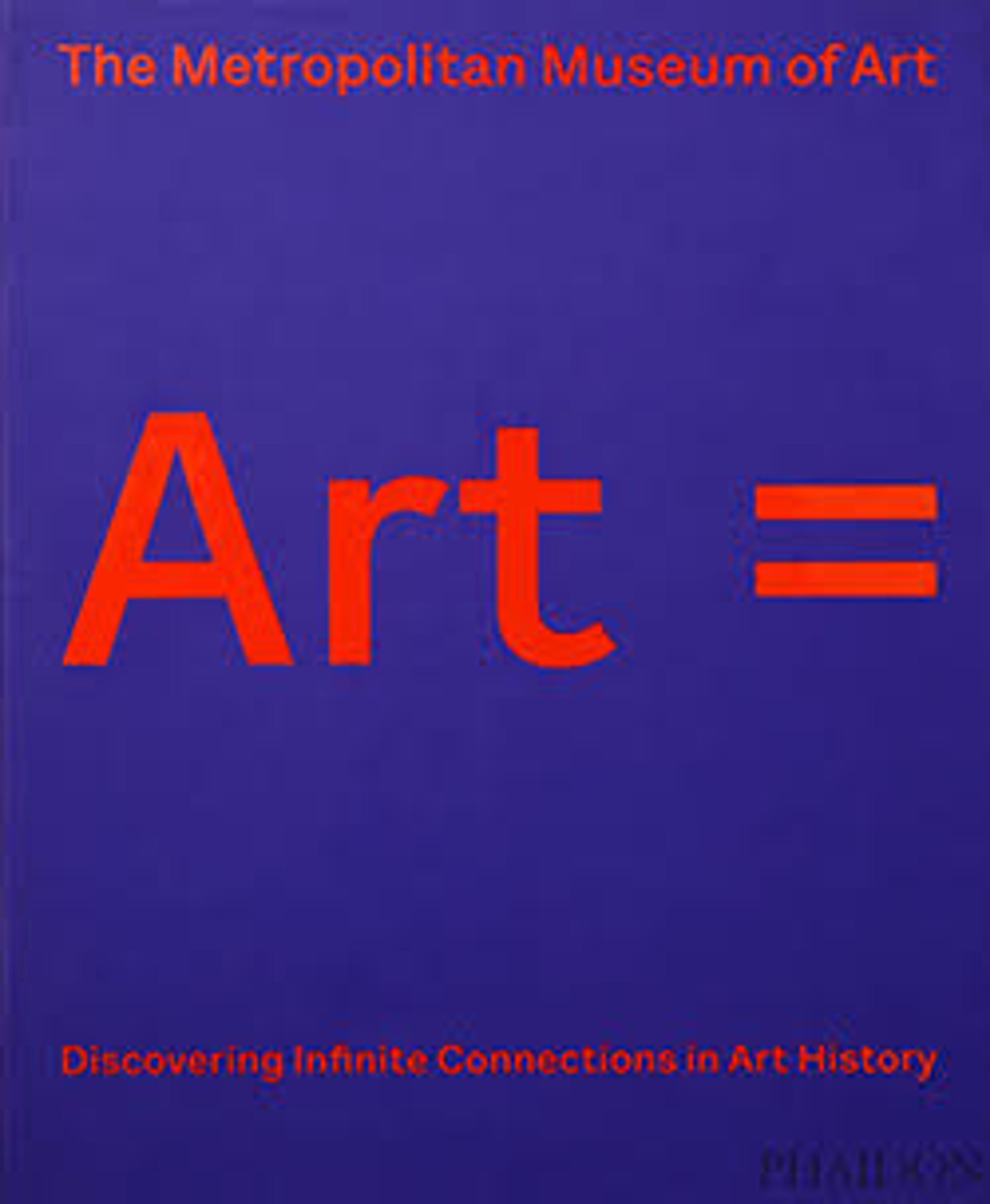Two Tahitian Women
The canvases that Gauguin sent back to France from the South Seas reflect the license he exercised in fashioning images of Indigenous women. Here, he channeled classicizing nudes, while relying on gesture and facial expression to evoke the ideal "Tahitian Eve" conjured in his writings: "very subtle, very knowing in her naïveté" and enviably "capable of walking around naked without shame." Whispering confidences, offering exotic blossoms or (forbidden) fruit, the women inhabit a tropical Eden of Gauguin’s invention, in which his artistic vision—and male gaze—hold sway. These two figures also appear in his monumental works Faa Iheihe (Tahitian Pastoral), 1898; (Tate, London) and Rupe Rupe (The Fruit Harvest), 1899; (Pushkin Museum of Fine Arts, Moscow).
Artwork Details
- Title: Two Tahitian Women
- Artist: Paul Gauguin (French, Paris 1848–1903 Atuona, Hiva Oa, Marquesas Islands)
- Date: 1899
- Medium: Oil on canvas
- Dimensions: 37 x 28 1/2 in. (94 x 72.4 cm)
- Classification: Paintings
- Credit Line: Gift of William Church Osborn, 1949
- Object Number: 49.58.1
- Curatorial Department: European Paintings
More Artwork
Research Resources
The Met provides unparalleled resources for research and welcomes an international community of students and scholars. The Met's Open Access API is where creators and researchers can connect to the The Met collection. Open Access data and public domain images are available for unrestricted commercial and noncommercial use without permission or fee.
To request images under copyright and other restrictions, please use this Image Request form.
Feedback
We continue to research and examine historical and cultural context for objects in The Met collection. If you have comments or questions about this object record, please contact us using the form below. The Museum looks forward to receiving your comments.
